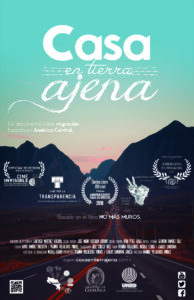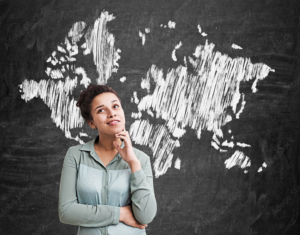Share
Colombia and Venezuela share a land border of 2,219 kilometers that has been closed since August 19th, 2015, when Venezuelan President Nicolás Maduro, decided to close the border due to the migratory phenomenon that was shaking the country. This September 9th, the new Colombian president, Gustavo Petro, has announced on his social networks that “on September 26th the borders between the two Latin American states will be reopened”. However, it is worth asking what is behind this decision and how this legislative change will affect border control and migratory movements between these two countries.
The closure of the border between these two countries has been long and painful for all Venezuelan and Colombian citizens who have seen their daily lives directly affected as they are pendular migrants (1). These people have been forced to resort to illegal crossings to continue with their lives, they have done so through the so-called “trochas” (2). The use of the “trochas” is illegal in both Venezuela and Colombia, but permitted and in full knowledge of both governments, who take advantage of the round business despite the fact that it hides great dramas and dangers for the vulnerable population. According to Human Rights watch, these border crossings are largely controlled by armed groups that pose a danger to all those attempting to cross the border. Over the past few years, NGOs and civil society have given voice to this terrible situation. In 2019, The UN International Independent Fact-Finding Mission on Venezuela was established by the UN Human Rights Council in 2019 with the mandate to investigate serious human rights violations in this area.
However, after the arrival of Gustavo Petro to the presidency, communications between Bogota and Caracas thawed, and this is one of their first joint measures. Now, apart from the clear reflection that migration control is a dehumanized political weapon that serves governments to negotiate without taking into account the real impact on the lives of citizens, it is worth asking how this change will affect, if it affects, all the pendular migrants in the area, as well as all migrants between these two territories. Nevertheless, the citizens of this region have reported that after the official opening of the border between the two countries, transit through the “trochas” is still the same. The usual border crossers comment that “what has changed is that cargo trucks and people with money can now pass through without worrying, but in the end, you have to walk”. This is because the crossing between these two countries has resulted in people and transporters spending days in the customs office, in the absence of tax mechanisms, personnel and legal guarantees that would speed up the crossing. Therefore, for many people, going through the ”trochas” is still the quickest, and even cheapest, option. It is still too early to quantify the impact of this reopening, but what is clear is that, once again, this border control measure is being carried out purely in the political and economic interests of these two governments, and not based on the demands and realities of the citizens.
(1) In this paper, the term pendular migrants is used to refer to migrants whose regular working day is spent beyond the borders of the country in which they reside, namely those who cross borders to carry out their economic or other activities on a regular basis.
(2) Trochas or Unofficial or irregular crossings refer to areas of a border between countries that lack migration control. They usually lack any type of infrastructure for people to cross safely (IRB Canada 2020).



Average Rating